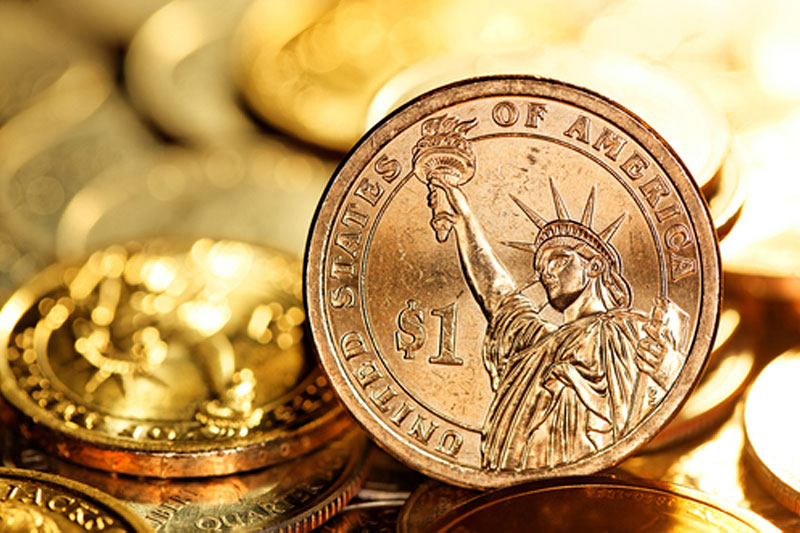Investing.com - The dollar pared gains against the other major currencies on Thursday, as the release of weak U.S. housing sector added to concerns over the strength of the economy following a downbeat personal spending reading earlier in the session.
The National Association of Realtors said pending home sales decreased by 0.8% last month, compared to expectations for a gain of 0.5%.
The report came shortly after data showed that U.S. consumer spending rose slightly less than expected in July and annual inflation increased at its slowest pace since late 2015.
On a more positive note, the U.S. Labor Department said initial jobless claims rose less than expected last week to 236,000.
The greenback had strengthened broadly after a batch of upbeat U.S. data on Wednesday, including a higher than expected revision to second-quarter economic growth.
Market participants were now eyeing the monthly U.S. nonfarm payrolls report due on Friday, for more indications on the strength of the economy.
EUR/USD slipped 0.10% to 1.1870, while GBP/USD declined 0.42% to 1.2870.
Sentiment on the euro was fragile following reports that a growing number of European Central Bank officials are concerned by the recent strength of the currency.
Earlier in the day, data showed that inflation in the euro area rose to an annualized 1.5% in August, but underlying inflation remained unchanged at 1.3%.
Sterling was hit after Michel Barnier, the European Union’s chief Brexit negotiator, said that no “decisive progress” had been achieved after the third round of Brexit talks in Brussels.
The yen and the Swiss franc were steady, with USD/JPY at 110.23, off a two-week high of 110.67 hit earlier in the day, and with USD/CHF at 0.9638.
The Australian dollar was higher, with AUD/USD up 0.13% at 0.7913, while NZD/USD slumped 0.69% to a nearly three-month low of 0.7153.
Meanwhile, USD/CAD dropped 0.55% to trade at 1.2550, pulling away from a nearly two-week high of 1.2663 after official data showed that Canada's gross domestic product rose 0.3% in June, exceeding expectations for a growth rate of only 0.1%.
Year-over-year, Canada's GDP increased by 4.5% in the second quarter, beating projections for a growth rate of 3.7%.
The U.S. dollar index, which measures the greenback’s strength against a trade-weighted basket of six major currencies, was up 0.10% at 92.93 by 10:50 a.m. ET (14:50 GMT), off session highs of 93.30.
